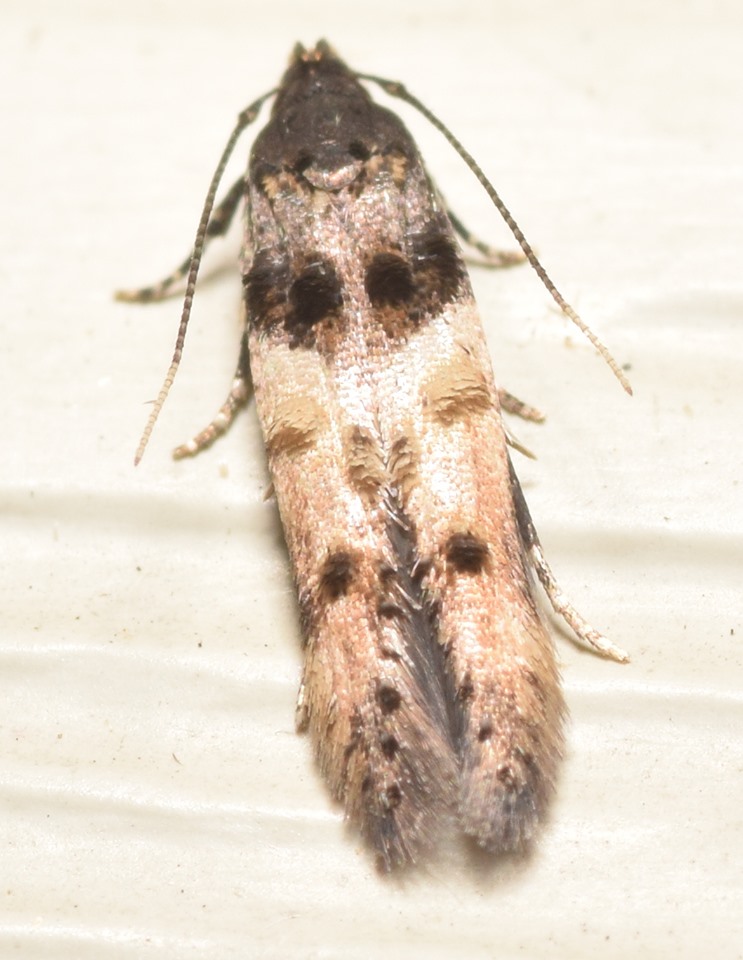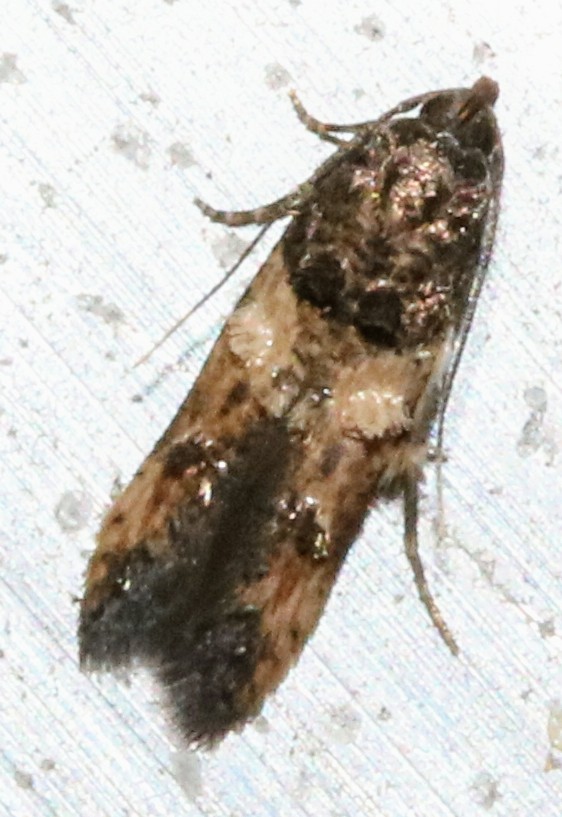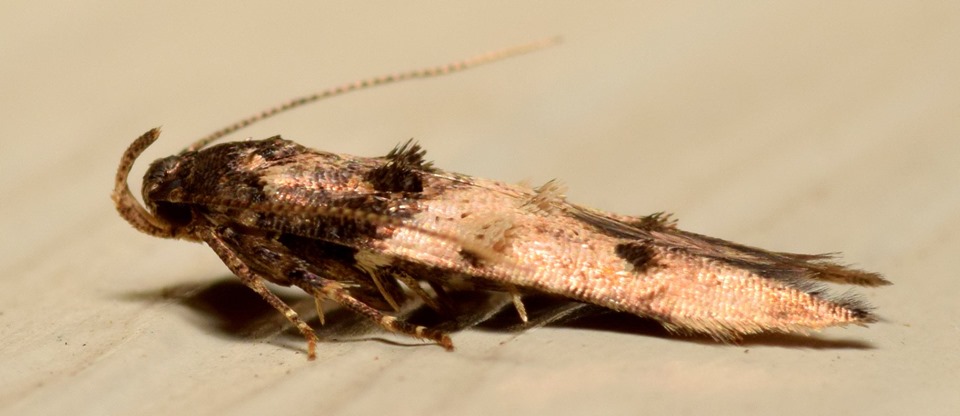ECOLOGY ▪ EDUCATION ▪ ADVOCACY



Walshia: Named for Benjamin Dann Walsh (1808 – 1869), British born entomologist who eventually became the first Illinois state entomologist. His insect collection contained over 30,000 specimens, and upon his death, was donated to the Chicago Academy of Sciences. Walsh was a classmate of Charles Darwin at Cambridge and was a proponent of his theory of evolution. The common zoological Greek suffix ia is used to form nouns.
miscecolorella: Includes the Latin words misce and colos or (color), which combined mean “to mix color.” The suffix ella is Latin for “small.”
wal-she-uh mis-kay-kul-ur-el-uh



This map shows the confirmed sightings of the sweetclover root borer in Indiana. All sightings were confirmed through photographic documentation by individuals who contributed to the Great American IN Nature Lepidoptera Project (GAIN LP).
 |
GAIN LP documented in county. |
| Date | County | Observer | Notes | Image1 | Image2 |
|---|---|---|---|---|---|
| 2019-07-04 | Porter | Joll, Chris | Adult |
 |

|
| 2019-06-24 | Lake | Welton, Rick | Adult Confirmed |
 |

|
| Observation Details | Images |
|---|---|
| Date: 2019-07-04 County: Porter Observer: Joll, Chris Notes: Adult |

 |
| Date: 2019-06-24 County: Lake Observer: Welton, Rick Notes: Adult Confirmed |

 |
Sweetclover root borers are primarily larval hosts of plants in the Leguminosae (Fabaceae) family, but also have been documented feeding on thistles (Cirsium spp.) in the Asteraceae family.
| Known Larval Food Sources in Indiana | ||
| Family | Taxonomic Name | Common Name |
|---|---|---|
| Order: Asterales | ||
| Asteraceae | Cirsium spp. | thistle |
| Order: Fabales | ||
| Fabaceae | Arachis hypogaea | groundnut |
| Astragalus spp. | milkvetch | |
| Lupinus spp. | lupines | |
| Melilotus spp. | sweetclover | |